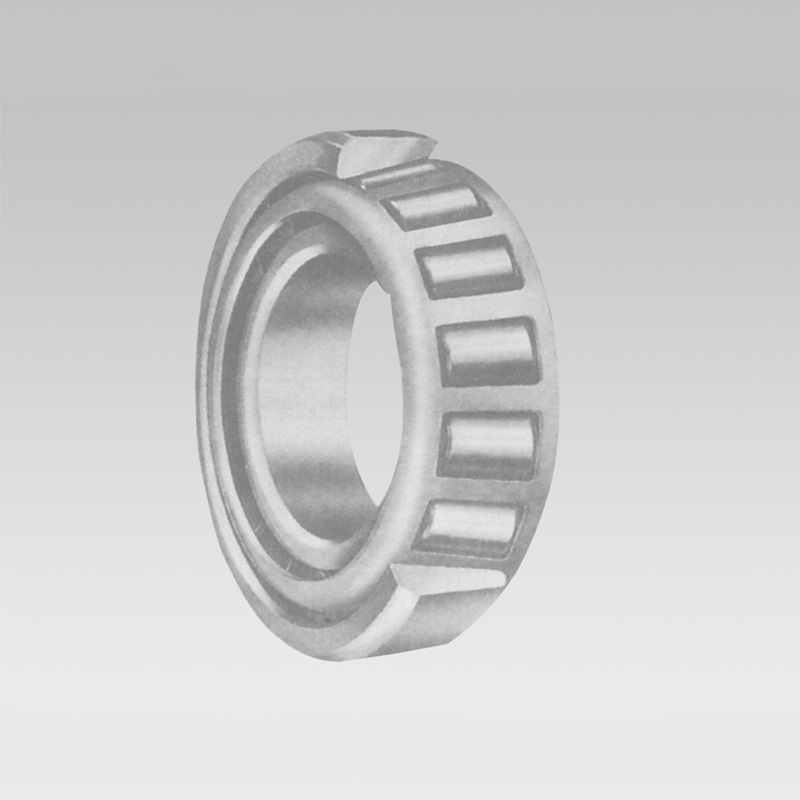
Sep . 14, 2024 17:40 Back to list
double angular contact bearing
Understanding Double Angular Contact Bearings
Double angular contact bearings are a vital component in many mechanical applications, particularly where precision and axial load capacity are paramount. These bearings are designed to accommodate both radial and axial loads, making them ideal for various demanding environments in industries such as automotive, aerospace, and manufacturing.
Design and Structure
The design of double angular contact bearings features two rows of rolling elements, typically balls or rollers, positioned at an angle relative to the shaft axis. This unique configuration allows the bearing to handle forces in both directions, which is essential in applications where thrust loads are prevalent. The raceways of these bearings are precisely machined to provide a tight fit, minimizing friction and wear while maximizing load capacity.
One of the defining characteristics of double angular contact bearings is their contact angle, which significantly influences their performance. A larger contact angle enhances axial load handling but can reduce radial load capacity. Conversely, a smaller contact angle is favorable for radial loads but limits axial load capabilities. Depending on the application requirements, different contact angles—commonly ranging between 15° and 40°—can be selected to optimize performance.
Applications
Double angular contact bearings are used across various applications where high-speed rotation and extreme load conditions are common. In machine tool spindles, for instance, these bearings provide the necessary precision and stability. They ensure smooth operation, reduce vibration, and support heavy loads during machining processes.
double angular contact bearing

In the automotive sector, double angular contact bearings are often used in wheel hubs and electric motors, where both axial and radial loads must be considered during operation. Moreover, in robotic applications, these bearings contribute to the efficiency and reliability of movement, allowing robots to carry out tasks with high accuracy.
Performance Characteristics
The performance of double angular contact bearings is influenced by several factors, including the material from which the bearing is made, lubrication, and maintenance practices. High-quality steel or ceramic materials are commonly used to enhance durability and resistance to wear. Moreover, proper lubrication is crucial to minimize friction, prevent overheating, and extend the bearing’s lifespan.
When properly maintained, double angular contact bearings can offer exceptional performance and longevity. Regular inspections for signs of wear, adequate lubrication, and timely replacement can prevent costly downtimes and ensure optimal operational efficiency.
Conclusion
In summary, double angular contact bearings are indispensable in modern engineering and machinery, combining the ability to handle both radial and axial loads efficiently. Their unique design, array of applications, and performance capabilities make them a preferred choice for industries that demand precision and reliability. As technology evolves and machinery becomes increasingly sophisticated, understanding and effectively utilizing double angular contact bearings will remain essential for engineers and manufacturers alike. Investing in high-quality bearings and adhering to best practices in maintenance can significantly enhance the performance and longevity of machinery, ultimately contributing to increased productivity and reduced operational costs.
Latest news
-
Industrial Machine Bearings: the core hub of mechanical operation
NewsAug.06,2025
-
Deep Groove Ball Bearing: A Dynamic "Elf" Operating Mechanically
NewsAug.06,2025
-
Compact craftsmanship: the way to optimize the space of Concrete Mixer Bearings
NewsAug.06,2025
-
Combine Harvester Bearings: The 'Steel Backbone' of Modern Agriculture
NewsAug.06,2025
-
Bearing Machinery: a flexible support hub for mechanical operation
NewsAug.06,2025
-
Agricultural Equipment Bearings: A Power Hub for Intensive Cultivation under Radial Space Constraints
NewsAug.06,2025
